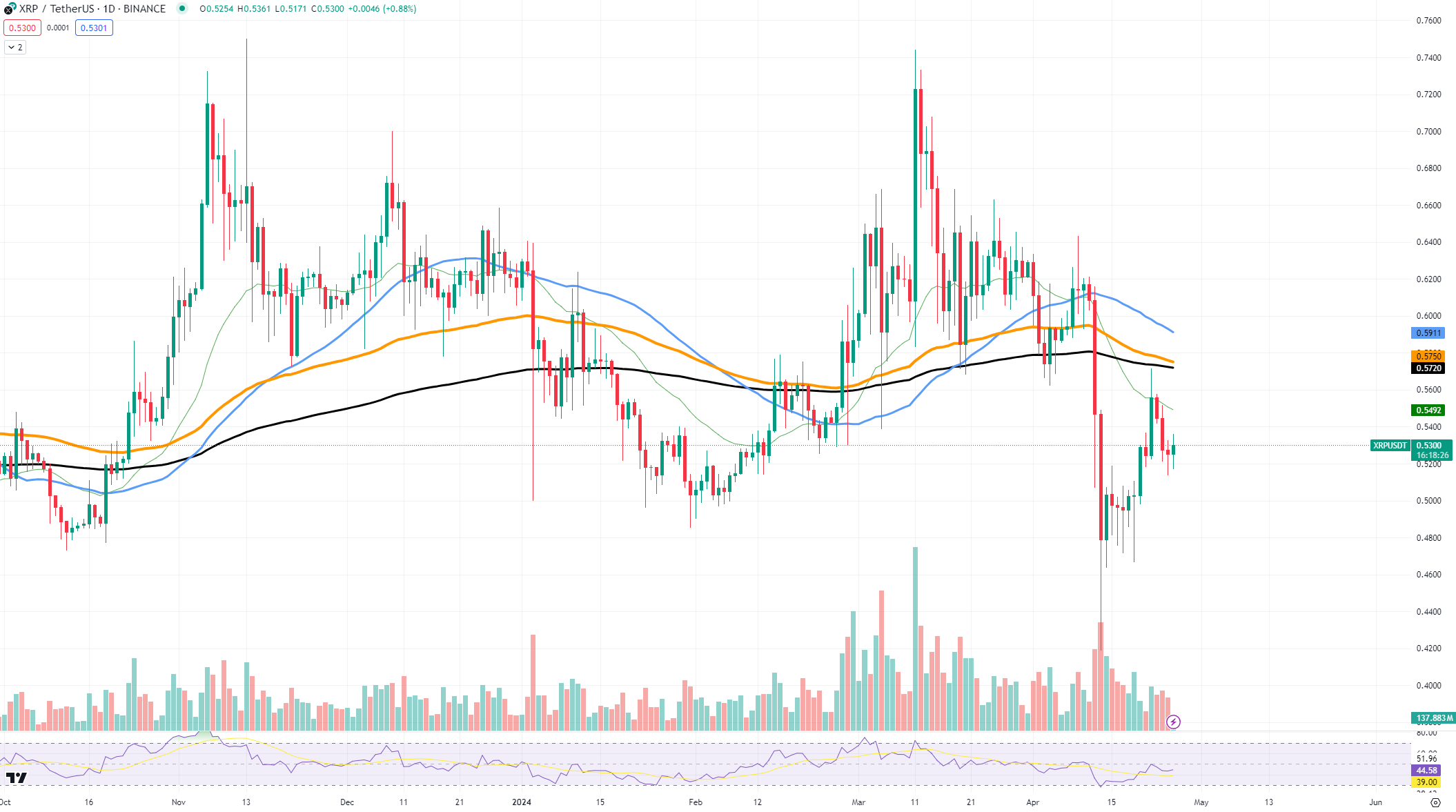Forbes has labeled several top-tier cryptocurrencies, including XRP and ADA, as "crypto zombies" in a recent research article. The term refers to layer-1 blockchains with major market valuation but limited utility beyond speculative trading.
Forbes points to Ripple Labs, the company behind XRP, as a prime example of a crypto zombie. Despite XRP's active daily trading volume, Forbes argues that its use extends no further than market speculation.

Ethereum Classic (ETC) also ended up on the list for having a significant market value while generating relatively low fees on its network. The "true Ethereum" was created back in 2016 when, as the result of a hard fork stemming from the DAO incident, Ethereum Classic (ETC) emerged as a continuation of the original Ethereum blockchain.
Forbes also casts doubt on Algorand, once touted as an "Ethereum killer" for its high transaction capacity, citing a low income from blockchain transaction fees due to the lack of utility.
One way or another, the mention of Cardano was the biggest surprise. Forbes' article refers to the project as trading on the popularity of its founder, Charles Hoskinson. It notes a problem regarding Hoskinson's educational claims.
However, supporters of Cardano argue that its ecosystem is active and thriving, delivering value and utility that extends beyond mere speculation. They point to the network’s inflows and the ongoing development activities as evidence of its vitality and relevance.
Forbes' statements may sound harsh to those who consider themselves a part of the aforementioned communities. However, the view and opinion of the researcher may not always align with reality and is only a part of a personal outlook. Some of the mentioned projects indeed have issues with utility, while others represent vibrant ecosystems with strong cases.
 u.today
u.today
